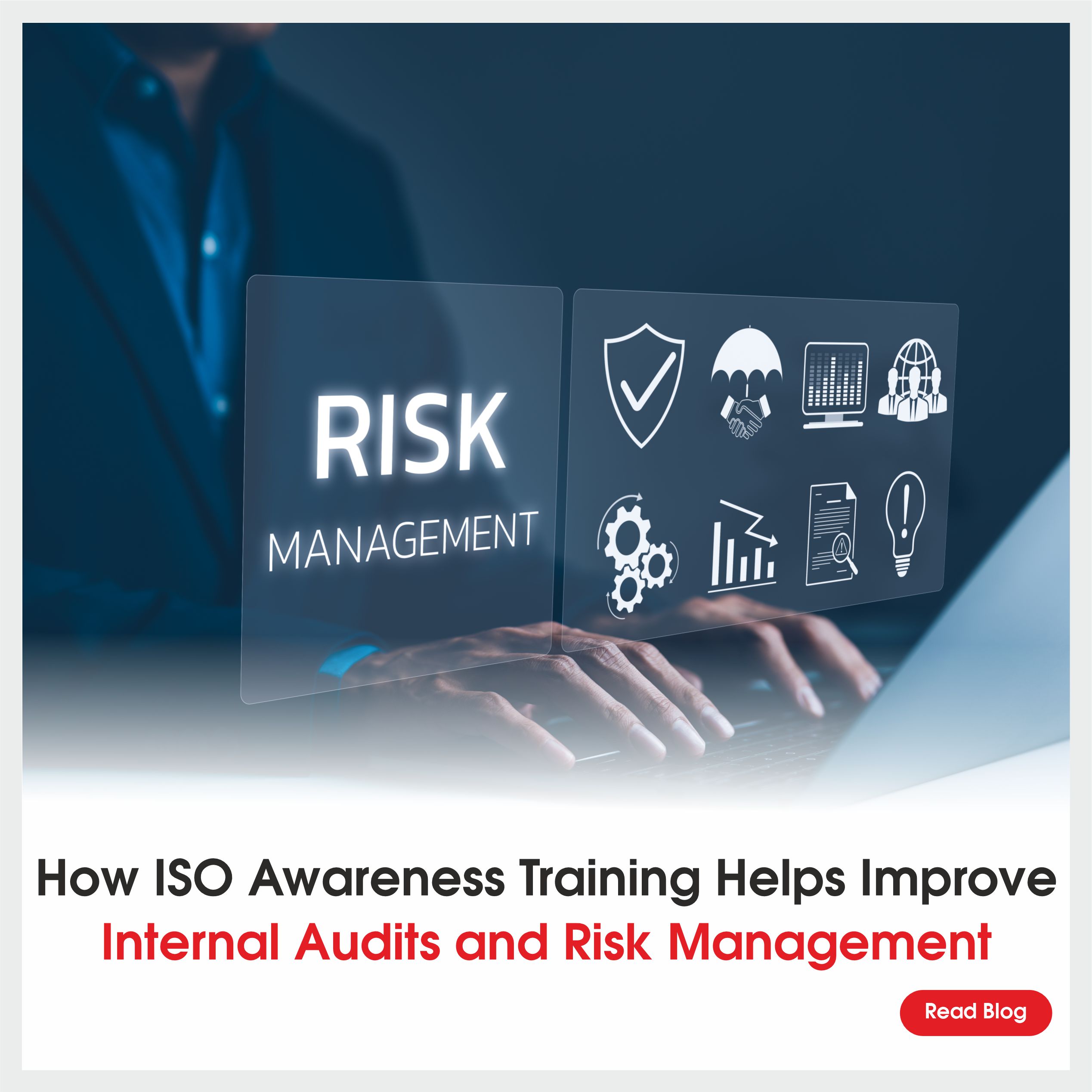Get ISO 13485 Certification services in Saudi Arabia
CONTACT WITH US
ISO 13485 certification is the validation of the efficiency and effectiveness of quality management systems for medical devices on the basis of ISO 13485 standard. It looks after the processes involving safe manufacture to safe disbursal of medical devices. ISO 13485 Certification aims at making the management system of your organization compliant with the applicable regulatory requirements. Those countries that export medical devices can gain a lot if the organizations involved in the production and distribution of such devices have ISO 13485 certificates. Therefore, Apply ISO 13485 certification in Saudi Arabia becomes very important for organizations that are involved in the production or export of medical devices.
WHAT ARE THE BENEFITS OF ISO 13485 CERTIFICATION?
- Customer satisfaction
- Reduced operational costs
- Better relationship with your stakeholders
- Legal compliance of your processes
- Boosts your image in the market
- Places you at favorable position as a supplier
- Improved risk management
The first edition of ISO 13485 was published in 1996 by the International Organization for Standardization (ISO). Every 6 to 8 years, these standards undergo thorough evaluation in order to keep them updated. The first updated version of ISO 13485 was published in 2003, whereas, the latest update of this standard was made in 2016. Hence, it is spelled as ISO 13485:2016. As per ISO, updating this standard was required “to respond to the latest quality management system practices, including changes in technology and regulatory requirements.” The consistency in quality of medical devices can be ensured by the manufacturers with the help of Apply ISO 13485 for medical devices, which is granted by the certification body after thorough audit of the management system.
What are the requirements of ISO 13485?
The optimal quality of medical devices- both IVD and implantable- can be achieved by following the requirements of ISO 13485 Certification in Saudi Arabia. It also assures that the expectations of customers are met constantly and whereas the manufacturers are concerned, it ensures that they are able to meet the regulatory requirements of the country. For the organizations that manufacture medical devices, ISO 13485:2016 provides a framework for building and executing the quality management systems for medical devices. The applicability of this standard goes beyond the scale of industries, which means this can be applied to every small and big organizations that deal with the manufacturing, distribution or retail of the medical devices. It is one of the preferred options for the suppliers or vendors of the medical devices.
The structure of ISO 13485 Standard is composed of eight sections, with the first three, mostly introductory and the last five containing the requirements for quality management system for medical devices. Let us briefly understand the last five sections of this standard:
Section 4: Quality Management System – It deals with the control of records, quality manual, and control of documents, which fulfils the documentation requirements of quality management system for medical devices.
Section 5: Management Responsibility – This section mentions the responsibility on top management for effective implementation of QMS for medical devices. It provides for the regular review of ongoing processes by the top management to check for the efficiency of the management system.
Section 6: Resource Management – It specifies the ways to mobilize resources for implementing quality management system for medical devices. It includes human resources, infrastructural resources, etc.
Section 7: Product Realization – This section deals with all the processes that lead to the development of products. They include design, purchase, control of equipment for monitoring and measurement of the products and processes. For those organizations that do not manufacture medical devices, this section can be omitted while implementing the management system.
Section 8: Measurement, Analysis and Improvement – This includes the requirements for monitoring and measurement of your QMS for its efficiency and effectiveness. It is done by assessing the customer satisfaction, internal audits, regular monitoring of products and processes, analyzing non-conformities, and undergoing corrective and preventive actions.
WHO ARE ELIGIBLE FOR ISO 13485 CERTIFICATION IN SAUDI ARABIA?
For all those organizations in Saudi Arabia, that are involved in the manufacturing, distribution or retail of the medical devices, ISO 13485 certification is applicable. It is the preferred choice while choosing vendors for the supply of medical devices. Therefore, all the organizations, big or small can Apply Online ISO 13485 Certification in Saudi Arabia and prove their commitment for medical devices quality. It contains the requirements for organizations that are part of any or all of the levels of manufacturing medical devices as well as for those involved in the pharmaceutical supply chain.
ISO 13485 certification makes the organizations compliant to stringent regulatory norms of the government of nation. Hence, it becomes very important for the manufacturers.
HOW CAN YOU OBTAIN ISO 13485 CERTIFICATION IN SAUDI ARABIA?
Your certification journey begins only after you have implemented the quality management system in your organization and operated it for some time to verify its effectiveness. This should be well documented for its perusal during the time of certification audit. Once you are sure about the operations your management system, you should Apply ISO 13485 Certification Riyadh, Saudi Arabia. First off, you are required to fill the application form and review the requirements of the certification. If the documentation of your processes matches with the ISO 13485 standard’s requirements, you must proceed for an internal audit. Following are the detailed steps for acquiring ISO 13485 certification:
- Internal audit: This is performed by an internal party to check for the consistency of documents with respect to the standard’s requirements.
- Management audit: At this stage, the management reviews the gaps from internal audits and makes decision about the applicability of various sections of the ISO 13485 standard for your organization.
- Corrective activities – At this stage, you are required to implement certain corrective actions in order to close the gaps that were identified from the above two stages. This requires you to document your corrective actions.
The certification process of ISO 13485 comprises of the following stages:
- Stage one (documentation survey) – The auditors from the certification body of your choice review your documentation to check for your preparedness for the certification audit.
- Stage Two (primary audit) – At this stage, the auditors review your processes for compliances and nonconformities according to the requirements of ISO 13485 as well as your own documentation. This is done by reviewing reports, records, and your company practices.
If you are looking for ISO 13485 certification in Saudi Arabia, get in touch with the team of SIS Certifications. With its vast experience in the field of certification audits and its success stories with 16000+ satisfied clients from across more than 55 nations, SIS Certifications an ISO Certification Body in Saudi Arabia offers you a hassle-free certification experience.
Here’s a short video about what we are and what our services are all about- SIS Certifications
Looking for ISO Certification or Training Services?
Join one of the India’s leading ISO certification bodies for a straightforward and cost-effective route to ISO Certifications.
LATEST NEWS & BLOGS

Common Mistakes to Avoid During ISO Lead Auditor Training
ISO Lead Auditor Training is a crucial step for professionals looking to enhance their auditing skills in ISO 9001:2015 (Quality

What Are the Key Benefits of IMS Lead Auditor Training?
In the current business environment, companies aim to uphold elevated standards in quality, environmental stewardship, and safety in the workplace.

How ISO Awareness Training Helps Improve Internal Audits and Risk Management?
SIS Certifications Pvt Ltd is delighted to announce our upcoming ISO Awareness Training event. Designed for professionals aiming to strengthen
